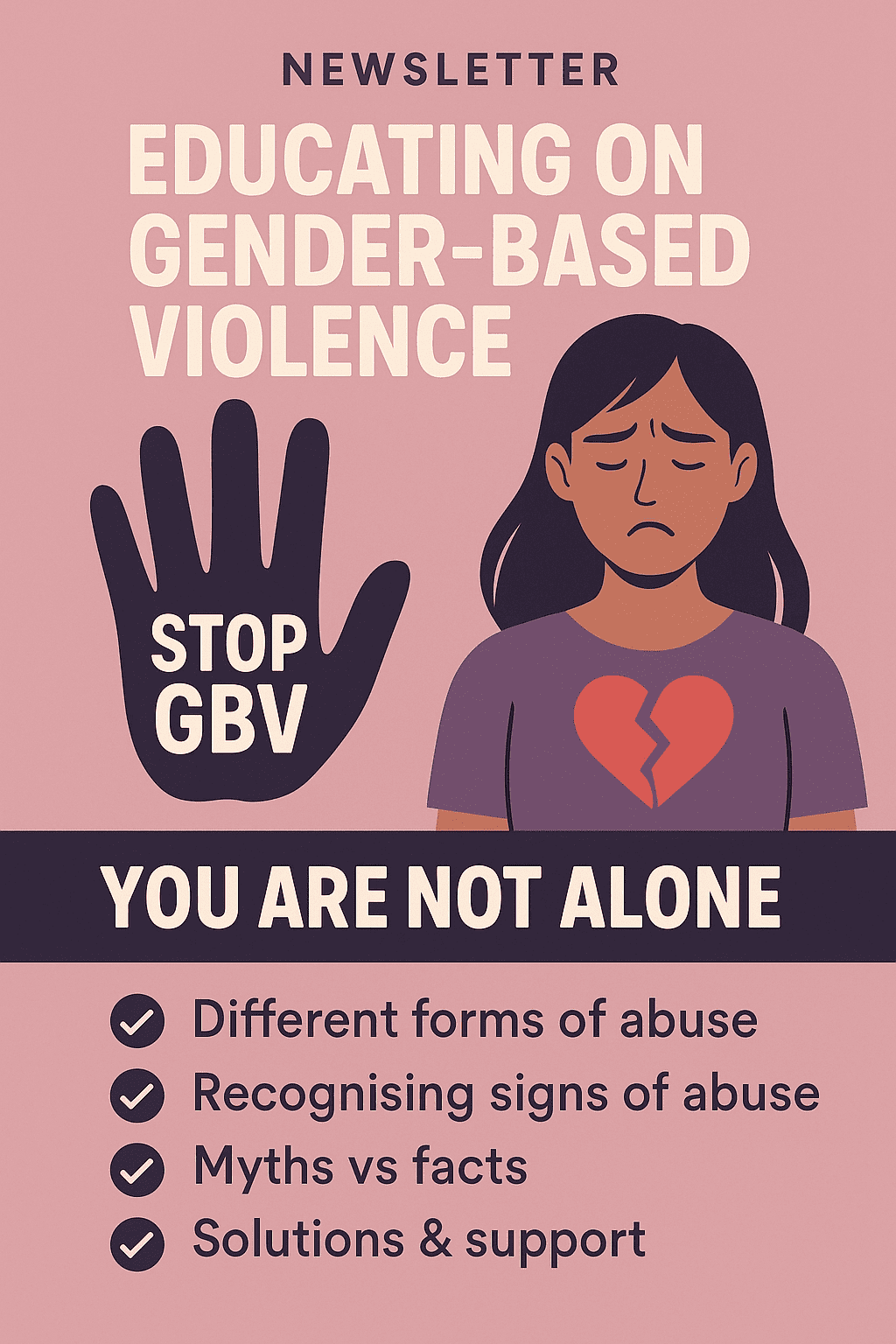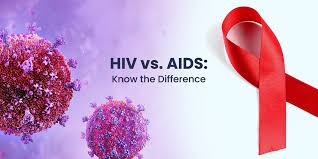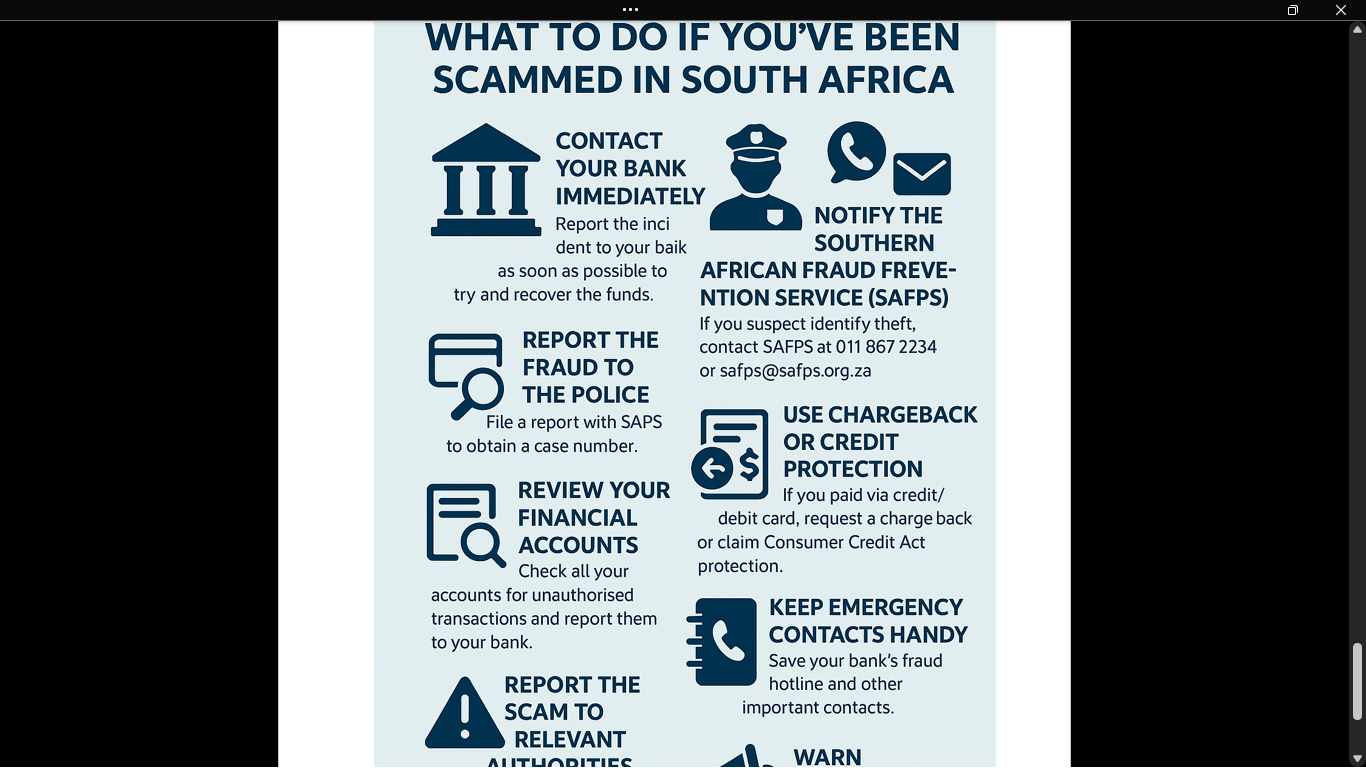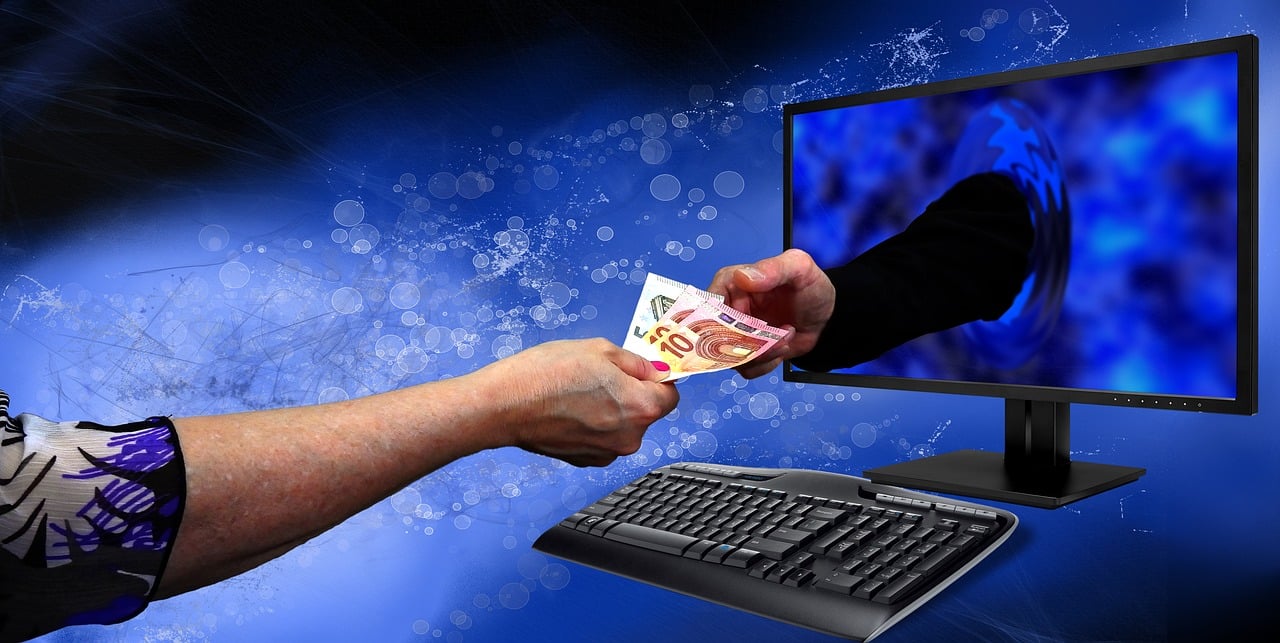Educating on Gender-Based Violence (GBV)
Educating on Gender-Based Violence (GBV)
Gender-Based Violence (GBV) refers to any act of violence that is directed against an individual based on their gender identity or perceived gender. It is a widespread and persistent problem that affects people of all ages, cultures, and backgrounds. It is a violation of human rights and can happen in private or public settings.
Different Forms of Gender-Based Violence
Type of GBV Description Examples
Physical Violence Use of physical force causing harm or injury Hitting, slapping, kicking, choking, using weapons
Emotional / Psychological Acts that damage self-esteem or control through fear and manipulation Verbal abuse, threats, humiliation, isolation, gaslighting
Sexual Violence Non-consensual sexual acts or coercion Rape, sexual harassment, forced sex, sexual exploitation, trafficking
Financial / Economic Control over financial resources to limit independence Withholding money, forbidding work, stealing income, denying education
Cultural / Traditional Harmful practices rooted in customs or beliefs Female genital mutilation, child/forced marriage, honor killings (such practices are being challenged within those cultures)
Digital / Online Abuse using technology or online platforms Cyberbullying, revenge porn, online stalking, gendered hate speech
Recognising Signs of Abuse in Yourself or Others
Category Signs to Look For
Emotional & Psychological
Signs
¨ Feeling anxious, fearful, or constantly on edge ¨ Feeling worthless or like nothing you do is right. ¨ Mood swings or personality changes ¨ Isolation from friends or family ¨ Believe you are to blame for the abuse. ¨ Difficulty making decisions without someone else's input
Physical Signs
¨ Unexplained bruises, injuries, or frequent 'accidents' ¨ Wearing long clothing to hide injuries ¨ Frequent illness or pain with no clear explanation
Behavioural Signs
¨ Withdrawing from social events or relationships ¨ Frequent absences from school or work ¨ Constantly checking in with a partner ¨ Loss of interest in hobbies or fun activities ¨ Secretiveness or avoiding personal topics
Financial/Control-Related
Signs
¨ No access to personal money or bank accounts ¨ Prevented from working or studying ¨ I must ask permission to buy items or go out ¨ Sudden financial hardship with no apparent reason
Sexual Abuse Signs
¨ Fear or avoidance of intimacy ¨ Unexplained STDs or sexual injuries ¨ Negative or fearful talk about sex ¨ Pressure or coercion into sexual acts
Internal Red Flags (in
Yourself)
¨ Thinking 'this isn’t normal' or 'something feels wrong.' ¨ Making excuses for someone else's behavior ¨ Walking on eggshells around a person ¨ Fear of leaving or speaking up ¨ Doubting your own perception or memories
Noticing Abuse in Others
¨ They seem quiet or withdrawn when a certain person is mentioned. ¨ You observe controlling or threatening behaviour toward them. ¨ They seem nervous or afraid around their partner. ¨ They often cancel plans or need permission to socialise. ¨ They hint that something is wrong but will not explain
Myths vs Facts About Gender-Based Violence (GBV)
Myth Fact
GBV only affects women. GBV can affect anyone, but women and girls are disproportionately impacted.
If it was really that bad, they would just
leave. Leaving is often difficult and dangerous due to many barriers.
Only strangers commit sexual violence. Most sexual violence is committed by someone the victim knows.
Physical abuse is the only serious kind of
abuse. Other forms like emotional, sexual, and financial abuse are also serious.
They must have provoked the abuse. Abuse is never the victim’s fault.
Men can’t be victims of GBV. Men and boys can also be victims, though underreported.
GBV only happens in certain cultures or
low-income areas. GBV exists in all cultures and socioeconomic groups.
If there are no bruises, it’s not abuse. Abuse can be emotional or psychological with no visible signs.
It’s a private matter; outsiders shouldn’t
get involved. GBV is a human rights issue and public concern.
Survivors often lie or exaggerate about
abuse. False reports are rare; most survivors stay silent due to fear or shame.
Communities can support GBV victims by providing safe spaces, resources like counselling and shelters, and raising awareness through education. Training leaders to respond sensitively and challenging harmful norms helps prevent violence. A united, supportive community plays a key role in promoting safety, healing, and justice.
Solutions to tackle gender-based violence
· Increasing relevant funding
· Keeping girls in school
· Empowering women economically
· Transforming attitudes towards girls and women
· Including women in decision-making at leadership level
· Community-based approaches that work with families and communities
· Legal reforms
· International co-operation
· Understanding intersectional drivers of gender-based violence (race, disability, LGBTIQ+ etc).
Helplines and Organisations that Aid
National GBV Helpline for reporting incidents of domestic violence – 0800 150 150
Call the 24 hours Gender Based Violence National Command Centre: 0800 428 428 or (Please Call me) *120*7867# (free) for counselling and other services, including shelter.
Women Abuse – Call: 📞 0800 150 150
National Counselling Line – 📞 0861 322 322
Childline South Africa – 📞 0800 055 555
People Opposing Women Abuse – 📞 011 642 4345
Rape Crisis – 📞 021 447 9762
Human Trafficking Hotline – 📞 0800 222 777
National Shelter Movement of South Africa (NSMSA) – Helpline for GBV survivors – 📞 0800 001 005, SMS/WhatsApp/ Please Call me to: 082 057 8600
082 058 2215
072 239 7147
Tshwaranang Legal Advocacy Centre (TLAC)’s purpose is to facilitate access to justice for women who have experienced or are at risk of experiencing GBV
· Tel: 📞 011 331 0088 · Email: tshwaranang@tlac.org.za · Website: www.tlac.org.za
GBV Survivor Story
Lerato’s Journey to Freedom
“Today, I use my voice to help others recognise abuse and know they are not alone.”
Lerato, a young woman from Johannesburg, endured years of emotional and physical abuse from her partner. The relationship started with love but slowly turned controlling—he isolated
her from friends and monitored her every move. Over time, the abuse escalated to physical violence. Lerato was too afraid and ashamed to speak out, fearing judgment and not being believed. One night, after a particularly violent episode, a neighbour intervened and called the police.
With support from a local women’s shelter and a counsellor, Lerato began her healing journey. She received legal assistance, emotional support, and joined a survivor support group. Today, Lerato is an advocate for GBV awareness, using her voice to help others recognise the signs of abuse and to show that recovery is possible. Her courage and resilience inspire many in her community.
The Pinkies – a community approach to ending GBV
This is a powerful and inspiring example of community-driven change. The Sisterhood Advocates programme by Hlanganisa Community Fund is clearly making a profound impact by empowering women to support others through grassroots justice and care systems. Here are some highlights and key takeaways from the initiative:
🌸 Impact at a Glance
· Empowered Advocates: Nearly 1 900 women trained as paralegals and psychosocial support providers.
· Support in Action (Jul–Aug 2024):
o Assisted 1 100+ women with legal and psychosocial advice.
o Accompanied 239 survivors to police stations for safe reporting.
o Helped resolve 694 cases, showcasing the programme’s effectiveness.
· Community Reach (Jul–Oct 2024):
o Reached 126 000+ households, raising awareness and identifying GBV cases.
o Offered psychosocial support and referral services on a massive scale.
👛 The Power of the “Pinkies”
Wearing their signature pink uniforms, these advocates have become trusted figures in their communities. Their visible presence not only offers hope to survivors, but it is also actively dismantling the stigma surrounding GBV and creating safe spaces for survivors to seek help.
Community-Led Justice: Training local women ensures that help is immediate, culturally sensitive and rooted right in the community where it is needed.
You can be part of the change—share this information, support a survivor, or volunteer.




